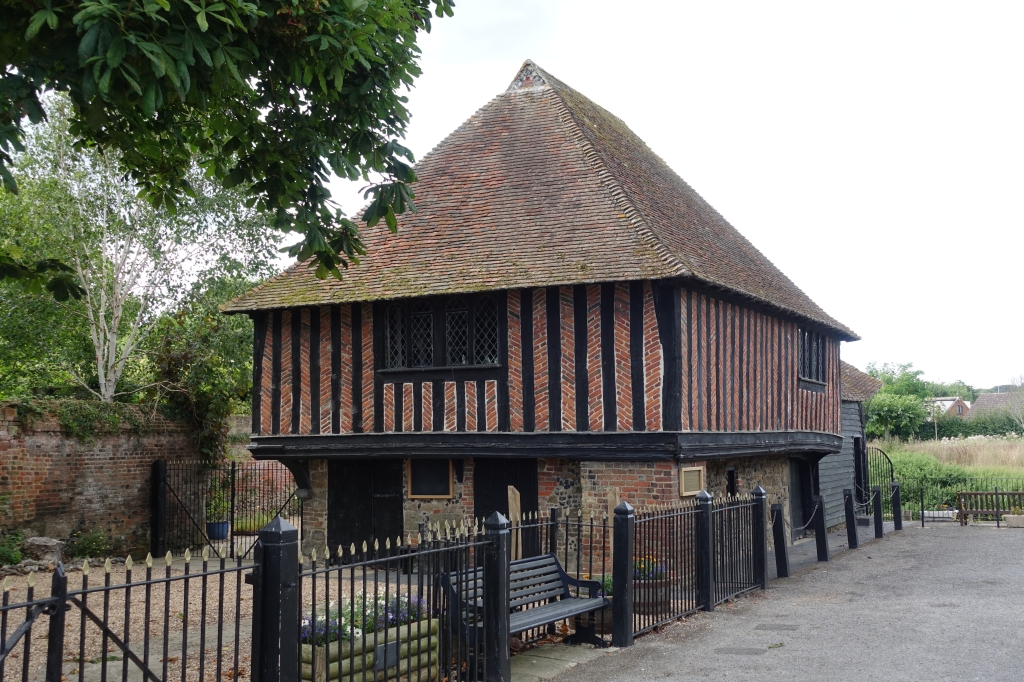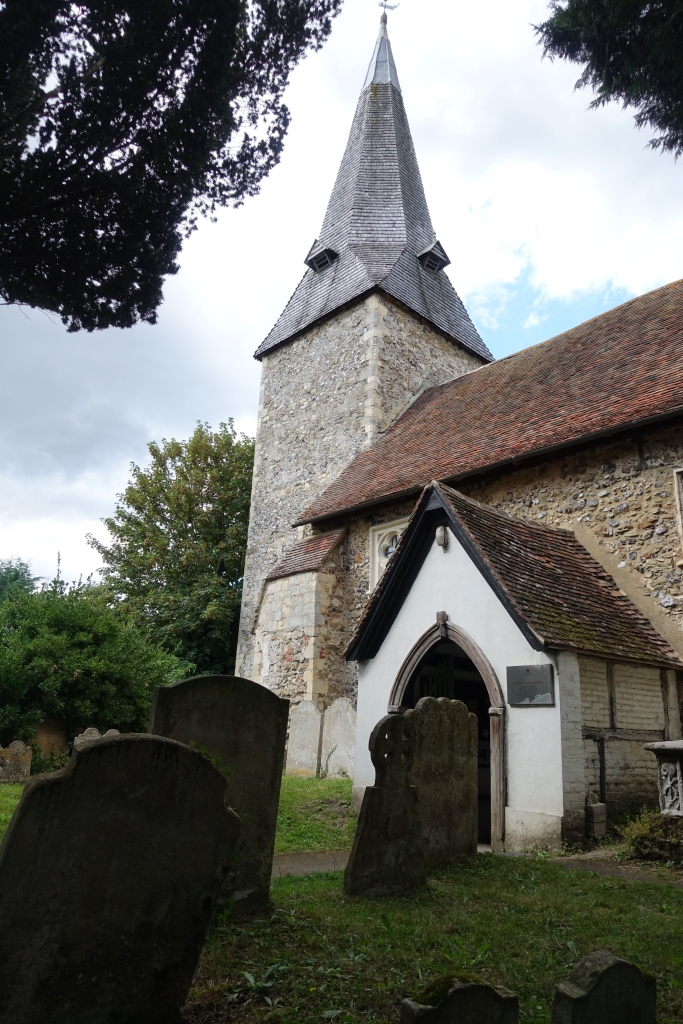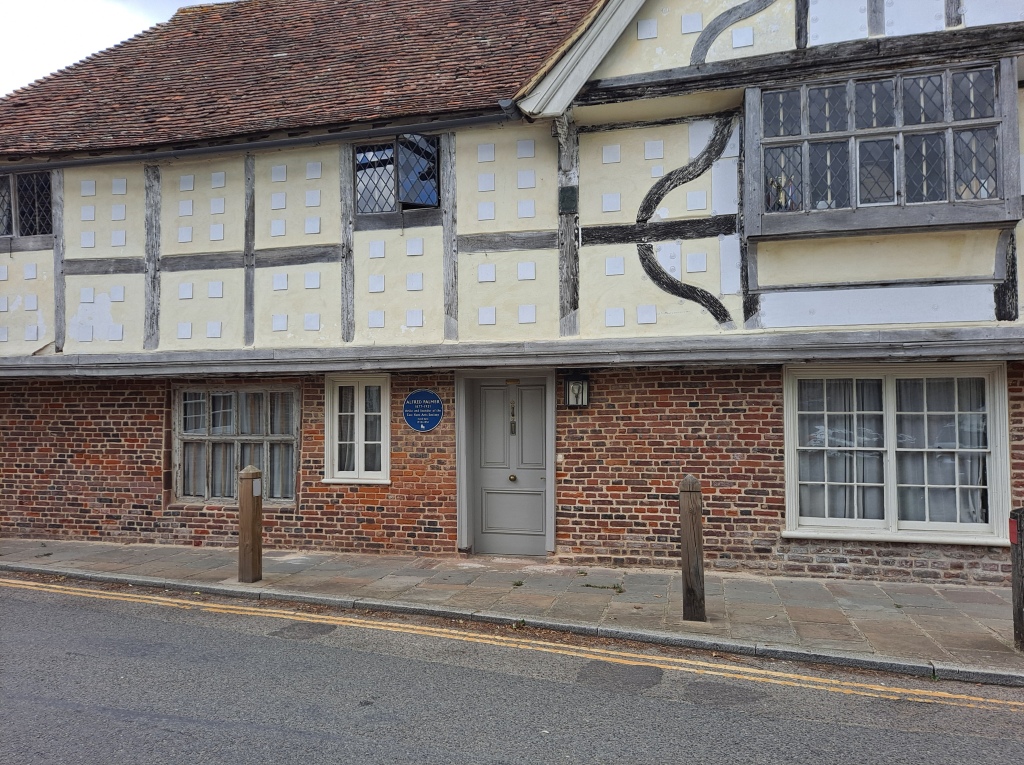One sunny day in August the City Adventurers traveled to Fordwich, a small town on the River Great Stour, near Canterbury. When we say small, we mean it. Fordwich is the smallest town in Britain!
The town boast two pubs – the George & Dragon and Fordwich Arms, which has a Michelin star. We had a lovely lunch in the George & Dragon before we went to explore the town.

Town or Village?
So what is the difference between a Town and a Village?
To start with, a village is a small community in a rural area, whereas a town is a populated area with fixed boundaries and a local government.
The word Town comes from an Old English word that referred to a walled or fenced place, hence the modern word referring to populated areas with fixed boundaries and a local government.
Towns are usually bigger than villages, but it would seem, this is not always the case.
History
Fordwich is listed in the 1086 Domesday Book as a small village. It grew throughout the Middle Ages as a port. In fact, all of the Caen stone, used by the Normans to rebuild Canterbury Cathedral in the 12th and 13th centuries, was landed there. Fordwich later became a limb of the Cinque Ports.
“Fordwich was first recorded in 675 AD. Its name means simply a settlement by a ford. It became a burgh, or designated town, during the Saxon era. Henry III granted Fordwich a borough charter.“https://www.britainexpress.com/attractions.htm?attraction=2902
Losing its status as a town in 1886, this was reinstated in 1974.
The Town Hall
The tudor-style Fordwich Town Hall dates back to the early 15th century and was rebuilt in or shortly before 1544. An earlier building on the site was repaired in 1474.

An ancient church
The Church of St Mary the Virgin, a grade 1 listed building, is near the town hall. The north aisle contains part of a carved sarcophagus reputed to be a shrine of St Augustine of Canterbury.

Other things to see
The 16th-century building, now known as Watergate House, was the family home of John and Gregory Blaxland, early 19th-century pioneers of Australia. This Grade II* Listed building was originally the Manor House and later the Rectory.
There is a blue plaque to Alfred Palmer, artist, who lived there.

Want to become a City Adventurer?
The UK based Social Club for people who love exploring new places, discovering new things and solving mysteries.
Life is a journey so experience the adventure with like minded people. Live the life you’ve always dreamt of.
Full City Adventurers Membership includes invitations to adventures and travel mainly in the UK
If you are not UK based, or prefer online adventures, join the City Adventurers as an Armchair Detective.